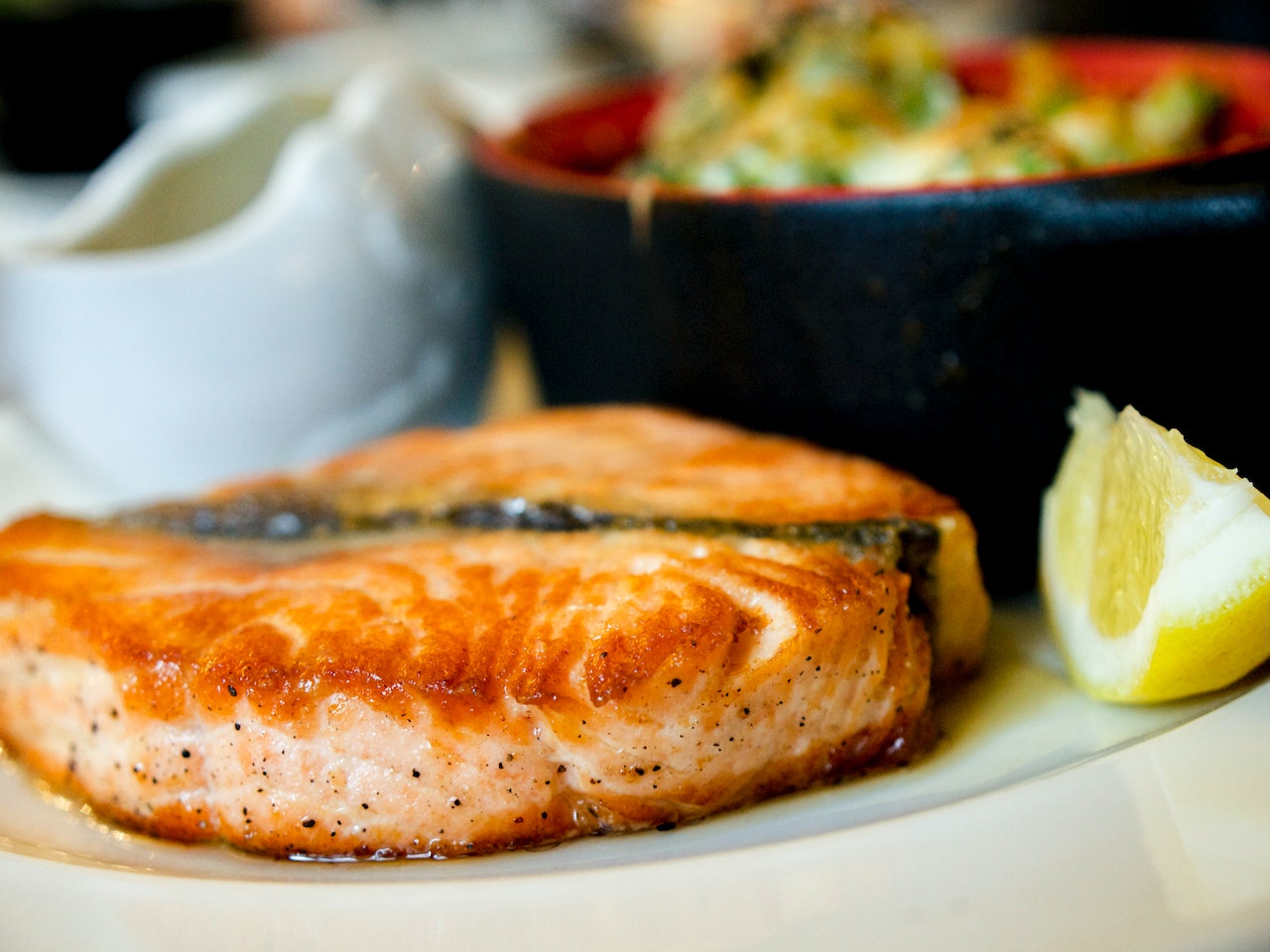While this method may work for some, for many, it can be incredibly challenging and has a high rate of relapse.
One of the primary reasons behind this difficulty is that cigarettes create a physical dependence that can lead to withdrawal symptoms if cut out from your regular routine.
That said, the reason why some people choose to go the cold turkey route is because it is an immediate commitment to cut off cigarettes.
Fortunately, it is possible to make quitting cold turkey more pleasant and effective. Here are a few ways how:
Nutritious diets

Those who are quitting smoking should prioritize nutrient-dense foods, including fruits, vegetables, whole grains, lean protein, and healthy fats.
These provide essential vitamins and minerals that can counteract the negative effects of smoking on the body.
Berries, leafy greens, and other brightly colored fruits and vegetables are excellent sources of antioxidants, a compound that smoking depletes from the body.
This can help reduce inflammation and protect your cells from the damage caused by smoking.
Quitting smoking abruptly also makes the body detoxify, which can lead to symptoms such as headaches, fatigue, and irritability.
The best way to flush out toxins from the body and reduce the severity of these symptoms is by staying hydrated.
Drinking plenty of water can also help with nicotine cravings, as it can help curb the urge to smoke.
Exercise routines

The primary benefit of exercise for quitting smoking abruptly is that it helps alleviate some of the withdrawal symptoms and cravings associated with smoking cessation.
Physical activity has been shown to reduce stress and anxiety, which are common side effects of nicotine withdrawal.
By exercising regularly, you can help counteract these negative feelings and prevent them from derailing your efforts to quit.
Additionally, regular physical activity can help prevent weight gain that often occurs when quitting smoking.
Some exercises particularly effective for quitting smoking cold turkey include aerobic exercises such as running, swimming, and cycling, as they help improve lung function and promote the same deep breathing techniques individuals may have relied on while smoking.
Mind-body exercises like yoga and tai-chi can help reduce stress, improve focus and mental clarity, and promote a sense of inner peace and balance.
Nicotine replacement therapy

For individuals trying to quit smoking cold turkey, nicotine replacement therapy (NRT) can provide a helpful alternative to traditional smoking.
The gradual release of nicotine in these products can help alleviate the symptoms that often accompany quitting smoking. This can make cessation more manageable and can increase the chances of success.
Since smokers each have their own preferences, NRTs also come in various forms to suit unique needs.
A relatively new NRT is nicotine pouches, which have quickly gained popularity as an alternative to traditional tobacco products.
They are small, pre-portioned pouches that contain nicotine and are intended to be placed under the upper lip.
These pouches also come in different strengths and flavors, such as coffee and citrus, so users can tailor their own experience.
This allows for abrupt smoking cessation without having to suffer through extreme withdrawal symptoms.
Another type of NRT is nicotine patches, which similarly release controlled doses of nicotine. They are small, adhesive patches that are placed on the skin, typically on the upper arm or chest.
These nicotine patches come in different strengths and durations, with many opting for long-wear ones that supply them with nicotine throughout the day.
Cognitive behavioral therapy

One of the most popular ways that help with gradually stopping smoking is cognitive behavioral therapy (CBT).
However, it is just as beneficial to those who decide to quit smoking cold turkey. This is because CBT is a form of psychotherapy that focuses on changing negative thought patterns and behaviors.
In the context of smoking cessation, one of the key components of CBT is identifying and challenging the cognitive distortions that support smoking behaviors.
This includes beliefs such as needing cigarettes to cope with stress and that smoking is needed to be able to manage emotions.
Through CBT, individuals can recognize these thoughts and replace them with healthier beliefs, such as finding other ways to cope with stress and being capable of handling emotions even without cigarettes.
CBT also involves developing coping skills to manage cravings and triggers.
This may include learning relaxation techniques, such as deep breathing or progressive muscle relaxation, that can be used to reduce stress and anxiety without relying on cigarettes.
CBT also helps individuals identify their smoking triggers and develop strategies to avoid or cope with them.
Emotional support

Quitting smoking cold turkey can be a challenging and emotional journey for many individuals. It requires strength, determination, and a strong support system to help navigate the ups and downs of breaking free from dependence.
Support from family, friends, and loved ones can significantly impact an individual’s ability to quit, as having a support system that is willing to offer empathy and encouragement can make a world of difference.
Knowing that there are people who care about their well-being will help individuals feel less alone on their journey.
Furthermore, support groups and online communities can be a source of emotional support.
Connecting with others who are going through similar experiences can foster a sense of camaraderie and understanding.
Sharing struggles, successes, and advice with peers who understand the challenges that come with quitting can help individuals feel validated and empowered.



